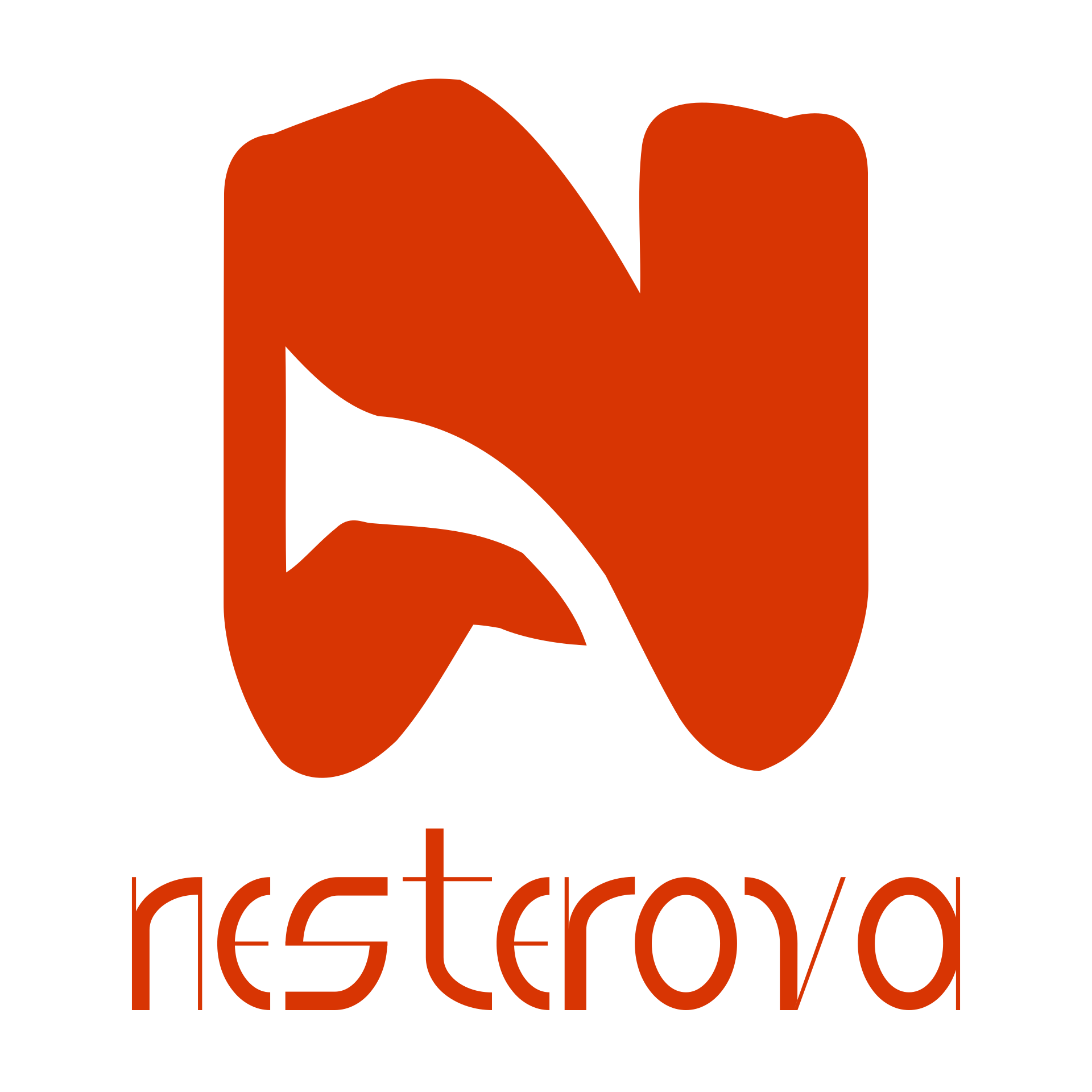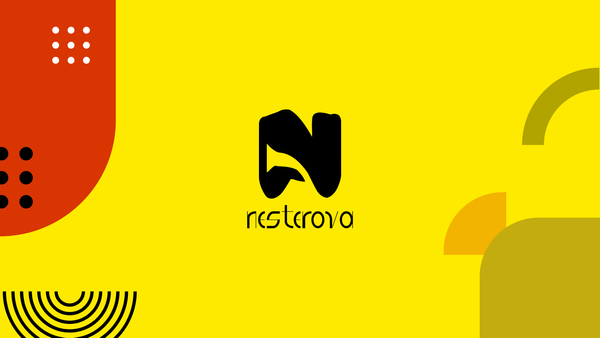This is How You Choose Content and Social Platforms for Your Web3 Project
The secret to choosing the right social and content platforms for your Web3 project as you navigate through the startup jungle. Learn to match your project's phase—be it hype-driven, token-focused, or tech-centric—with the most effective platforms to maximize your digital presence
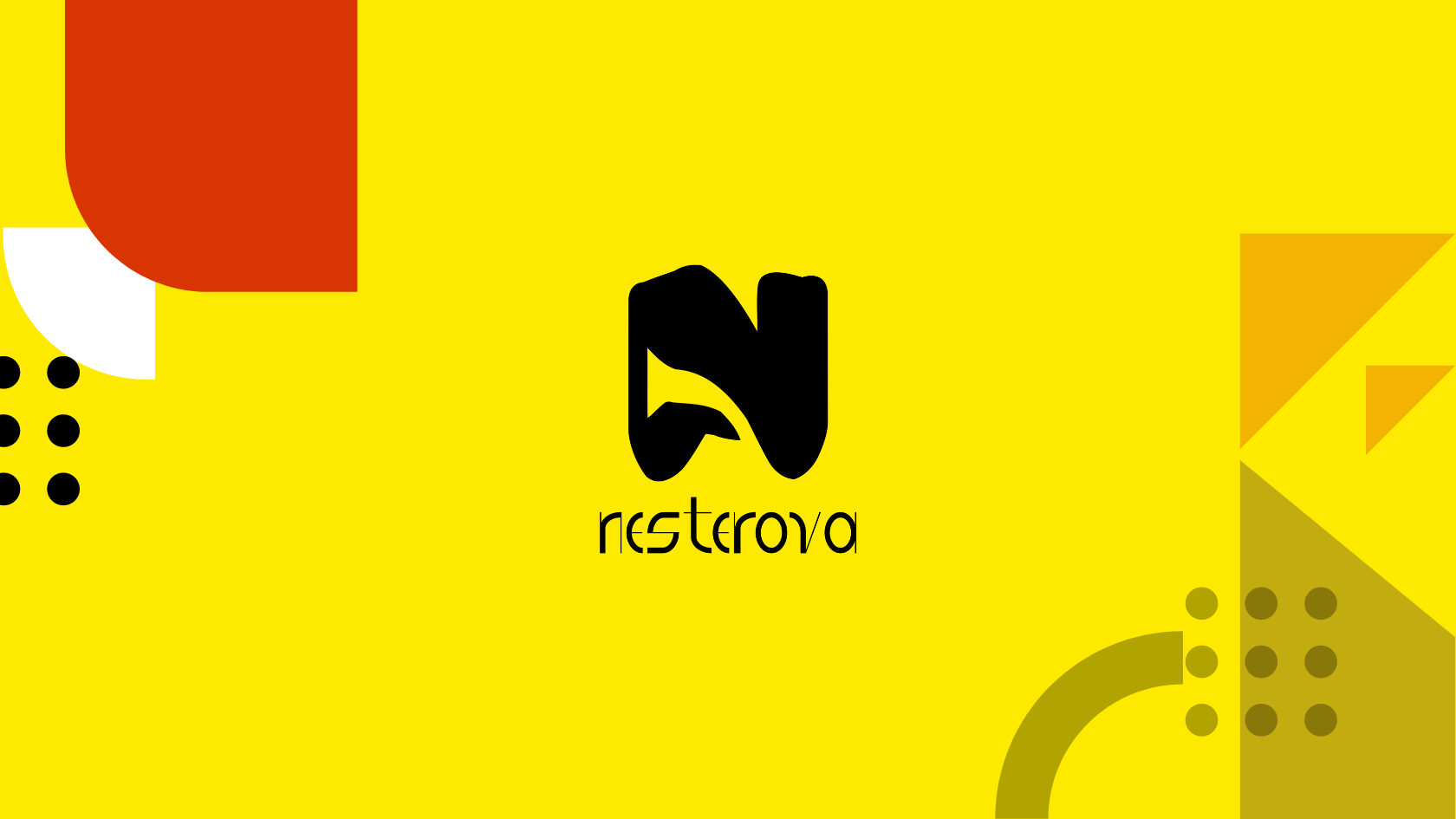
I see 🔮 what you're doing now.
You've recently launched a startup, or perhaps pivoted an existing project. The first thing you did was create a .txt note with a winning plan detailing which channels you need and what content to publish there.
Now you have a list: Twitter (X, sorry not sorry) for short postings, Medium for extensive blog articles and product news… Maybe Reddit as well? Do people still use Reddit? Oh, there's Discord, I've heard, and LinkedIn for professional and super official content. But do we have any official content? Or should we just copy-paste the same "GM" posts across all the channels?
Okay, enough. Let's clarify all of this and finally bring you to a point of understanding.
Before you start picking social channels and signing up your company, I’d recommend checking yourself against my fancy ✨ typology ✨ to better understand what channels your company really needs.
There are essentially three factors that your content marketing preferences depend on:
- Whether you have a real product or service.
- Whether you have a token.
- Whether you have neither of those (yet, maybe) and your main KPI is hype.
Here’s how I typically categorize Web3 projects using these criteria:
Hype-Driven, No Product and Token [Yet]
For projects that are in the conceptual or developmental phase without a product or token, the focus should be on building excitement, anticipation, and a sense of community.
"If you show revenue, people will ask 'HOW MUCH?' and it will never be enough. The company that was the 100xer, the 1000xer is suddenly the 2x dog. But if you have NO revenue, you can say you're pre-revenue! You're a potential pure play... It's not about how much you earn, it's about how much you're worth. And who is worth the most? Companies that lose money!"
Your must-haves are:
- Twitter: Crucial for real-time updates, building hype through teasers, and engaging directly with the crypto community. Here you also start building the partner network and engagement by reaching out to other projects and participating (and eventually hosting) Spaces.
- Discord OR Telegram: Build a community base where you can continuously engage with early adopters and enthusiasts through direct interactions. Choose one first, as moderating both platforms can be challenging. Depending on your roadmap and whether you are launching a product or token first (or maybe none and you’re building a community of interest), decide how to structure and manage your discussion channels.
Since you’re all about hype, you’ll probably consider a younger platform such as TikTok. And you wouldn’t be wrong. I would personally recommend focusing more heavily on video content than anything else, because videos, shorts, TikToks, and reels are the most engaging and shareable content of all.
The bad news is that it’s the most expensive and time-consuming type of content. This is why I cannot really give you a unified guideline, as it depends on the particular project and what, where, and how you should produce video content.
📌 Don't hesitate to drop me a message on Telegram for a personal marketing checkup, and I'll walk you through the necessary steps.
Back to the topic. The next level is, once you’re doing well with basic channels and some hype-generating video production, you’ve got the need to write long-form articles whether it's for announcements, rules, campaign descriptions, and so on. Essentially, you need a blog. Look at you, you’re almost a grown-up! 🥺
Note that you don’t really need a separate platform for blog posting unless it’s sufficient for you to use your website, Telegram/Discord, and Twitter.
Anyway, the blog can also be created differently:
- Medium: A popular and quite easy platform to host your blog. Cons: You don’t own the analytics, and Medium is increasingly becoming a membership platform, which some people are starting to dislike.
- Teletype.in: Not that popular but pretty convenient especially if you have a Telegram channel. It is easier for readers to perceive large volumes of text here, and not in the Telegram channel. There are more ways to format the text so try and poke all buttons in the article creation mode.
- Self-hosted blogs: Those that are directly built into your website. Can be developed from scratch or just use services like Ghost to embed a nicely looking blog page.
I hope this clarifies things a bit. And to sum up, our hype-fueled project finally has a community channel (TG/Discord), Twitter for engagement and networking, video production (YouTube for long formats, and any other TikTok-ish channels for short formats), and finally sets up a blog.
Extra tip: If you’re worried about other social platforms for any reason such as "I need to stake out a Username, prevent scammers from creating pages, or I need a company logo to appear on my LinkedIn page," you CAN register your project but not necessarily post anything there.
If you thought, "Who the hell would do that?" I'll say, "Apple, for example."
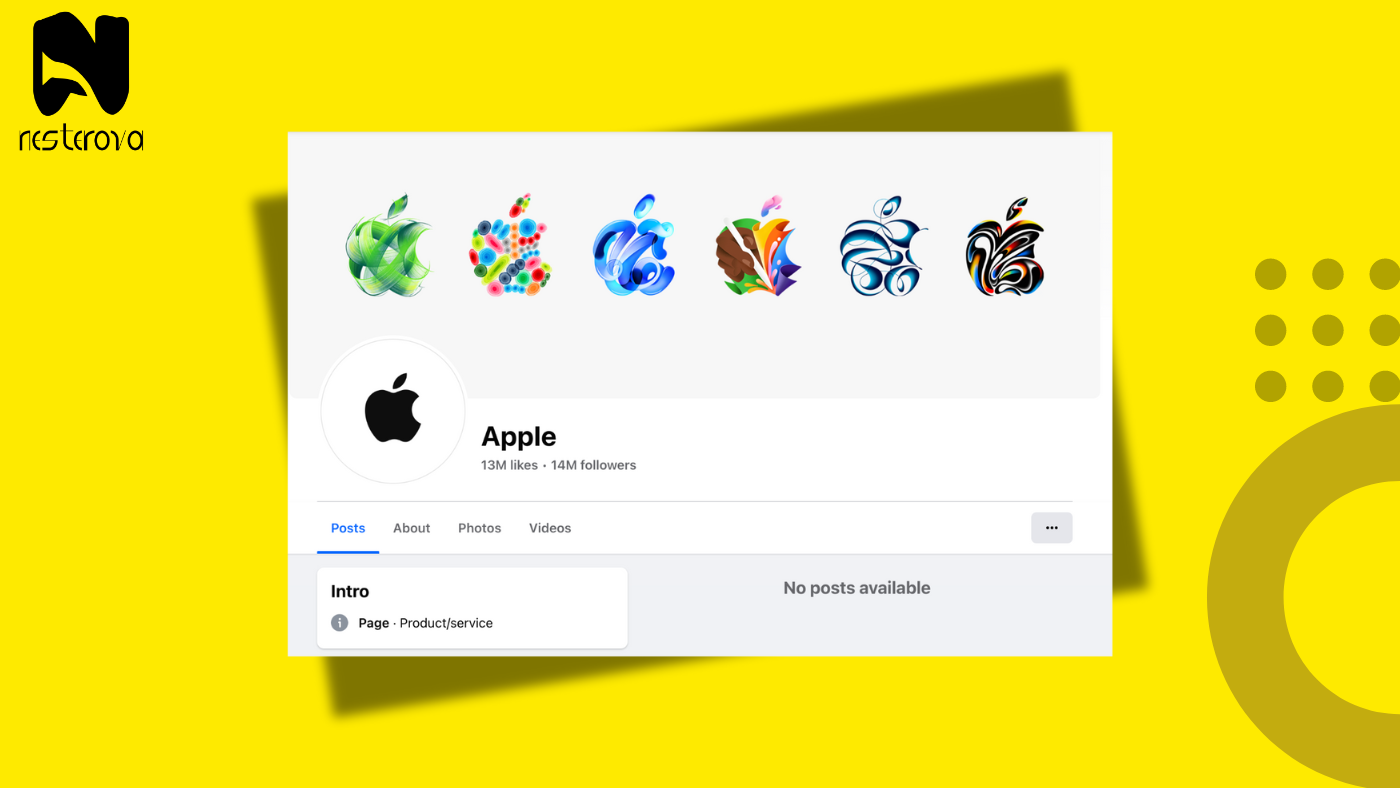
2. Hype-ish, With Token and Product
Now let’s talk about serious 😎 projects. If your Web3 company has launched both a token and a working product/service with its users, congratulations – you’re the most challenging type of project from a marketing perspective.
As one of my colleagues with a Silicon Valley background used to say,
“Having a token apart from a product always means you have to maintain two separate projects.”
And that’s true because your product users will never care about your token and tokenholders, as well as the holders don’t really care about your product as much as they care about token’s pumps and dumps.
What it also means is that you have to actively use traditional (Web2 if you'd like) marketing channels alongside hype-generating Web3 activities. You need to balance maintaining hype with demonstrating the utility and benefits of your product or service.
So what I would suggest is starting with a proper strategy first. Describe your product users’ paths and client journey, outline the platforms and tools you need to kick-start first to bring you users = revenue. Then you complete the strategy with Hype-oriented and community-related tactics and activities.
📌 If you need help with strategizing your marketing journey, feel free to drop me a line.
The good news is that your product-related content will be reusable for community marketing purposes. Your client case studies can be inverted into YouTube videos shared by influencers. Your product docs can even be used to engage with degens in idea generation contests. Plenty of ideas can be put in place.
As for the content channels, your must-haves are:
- LinkedIn: Showcases your product’s professional relevance and applications, reaching a broader business audience.
- Email Newsletters: Regular updates to a subscribed audience can help maintain interest and provide deeper insight into your project's value and developments.
- YouTube: Create tutorial videos, product demonstrations, and customer testimonials to show the practical use and benefits of your product.
- Blog: Case studies, use cases, explainers, news, updates, and so many other things you will have to create.
Project-specific channels: depending on your product, you might need other platforms (say, GitHub or Dev.to for dev-oriented services) to be present on and get a new userbase.
Plus, the community-facing part still needs to shine:
- Telegram/Discord: see the section above.
- Reels/TikToks/Shorts/etc: Utilize this type of content as a mix of product-related content and token-related hopium clips.
- Web3 community platforms like GALXE.com: this is where you gain new eyes from the crypto community and get new followers and potential tokenholders.
3. "I'm in for the Tech" Projects
Projects focused purely on technology or services without a token offering need to emphasize their technological innovations and real-world applications.
You’re the lucky guys (although a bit boring 🥱 ), so I don’t want to put a lot of text here. Basically, you need to focus on your inbound for lead generation, but you can also have one or two channels maintained with a degen focus (you’re in Web3, after all) – because the crypto community might not be your target audience, but they can help build a word-of-mouth effect that will ship you new clientele.
Emerging Content Formats for Web3
- Podcasts: The intimacy and convenience of podcasts make them a perfect tool for deep dives into complex topics like blockchain. They offer a platform for thought leaders to discuss trends, innovations, and insights in a format that listeners can enjoy on the go, helping to establish a stronger connection with the audience. Split your attention between both traditional and crypto-oriented channels depending on your project’s type.
- AI in Content Creation: AI is reshaping content creation by enabling the automation of repetitive tasks and personalizing user interactions. AI can help generate data-driven content, personalize user experiences, and even interact with users in real-time through AI-driven chatbots. However, it’s crucial to maintain transparency about the use of AI to preserve trust and authenticity within the tech-savvy Web3 community.
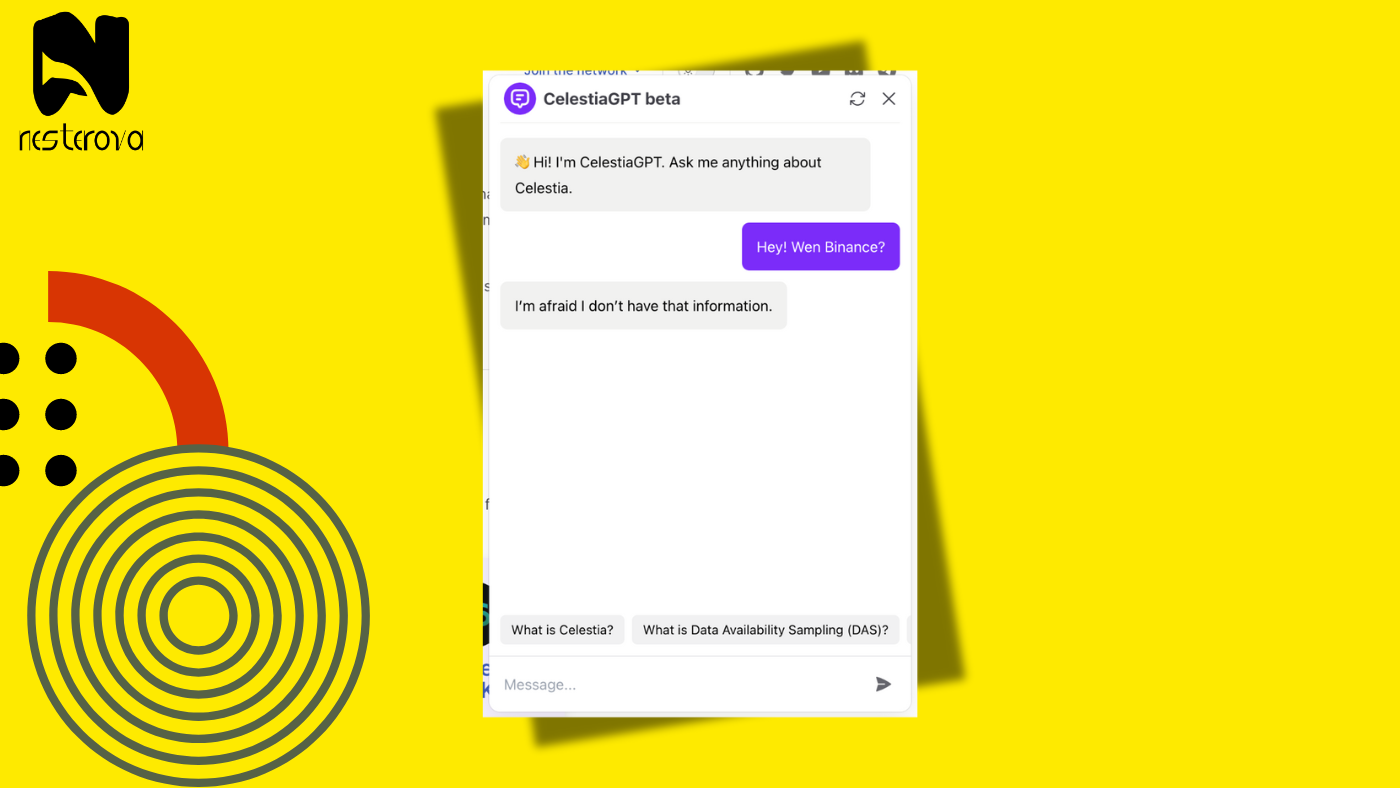
- Multi-Format Content Strategies: Combining various content types can create a more dynamic and engaging user experience. For example, a podcast episode can be repurposed into a blog post, a YouTube summary video, and several interactive tweets. This approach not only extends the content's reach but also caters to different audience preferences, maximizing engagement across platforms.
While diversifying content formats offers numerous benefits, it also presents challenges such as potential content saturation and the risk of diluting the brand message. So don’t rush into registering millions of accounts for your project “just in case”. It's vital to maintain a consistent brand voice and message across all formats and platforms. Moreover, measuring the effectiveness of these diverse strategies can be complex and requires a robust analytics toolset.
📌 P.S. For more detailed insights and practical tips, contact me for a personal strategy, marketing checkup, or advisory – whatever suits you best.
👋 Hey there, I’m Ana — the visionary behind the marketing engine at PARSIQ, an established Web3 data provider. Brace yourself for a rollercoaster ride through my articles, where I unveil battle-tested tactics, golden insights, and secret treasures mined from over 8 years of diving headfirst into the electrifying world of blockchain marketing.👋 Don’t hesitate to reach out and say hello at ana@nesterova.marketing — let’s spark some revolutionary ideas together!
